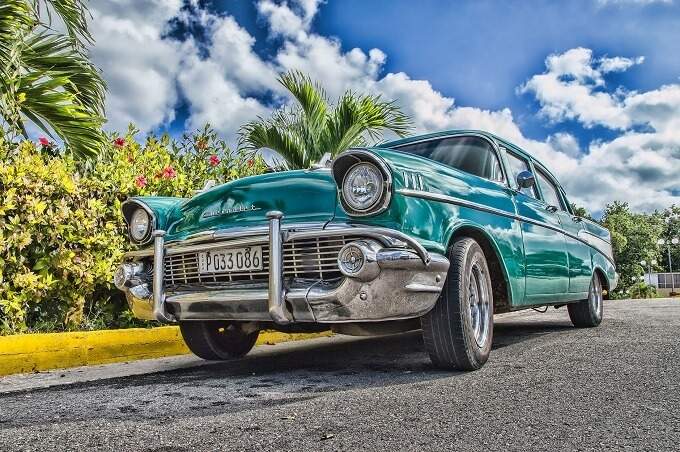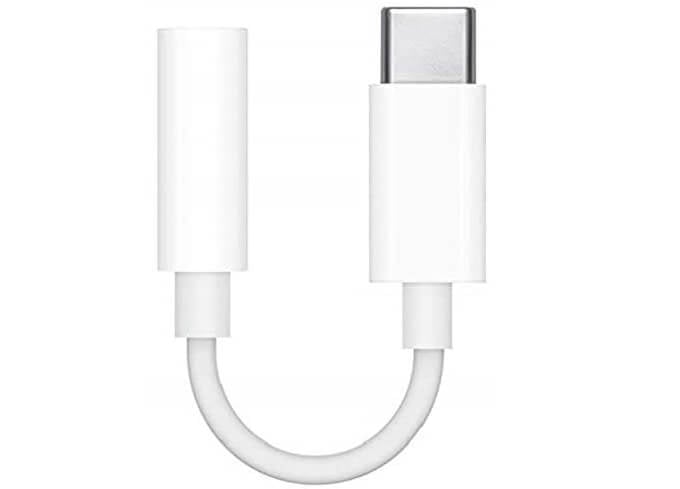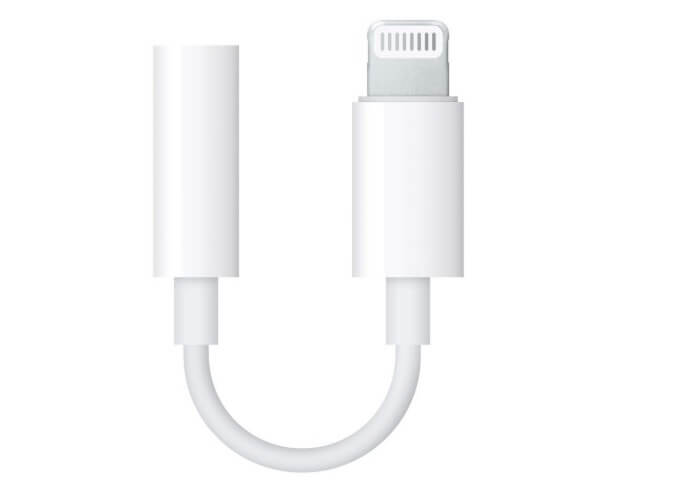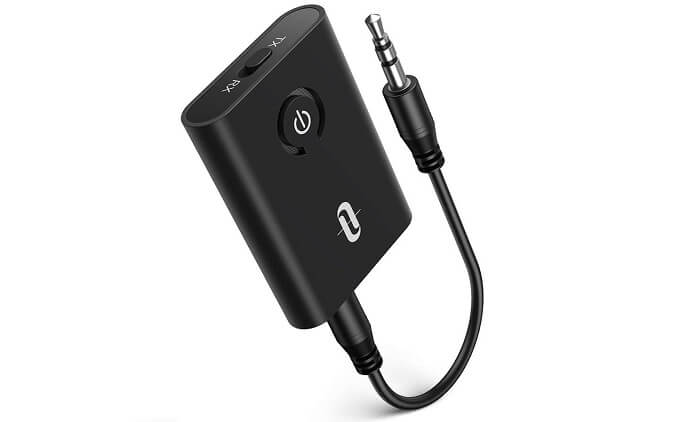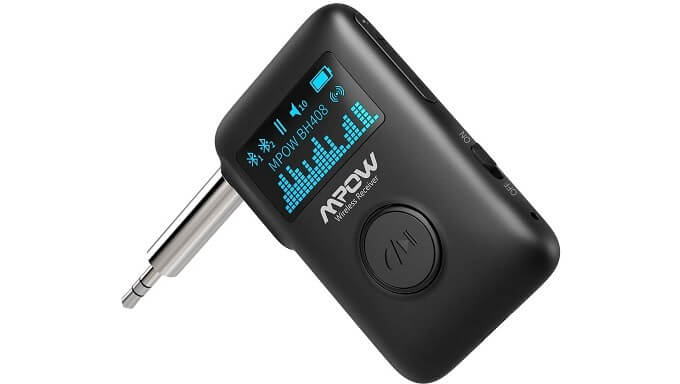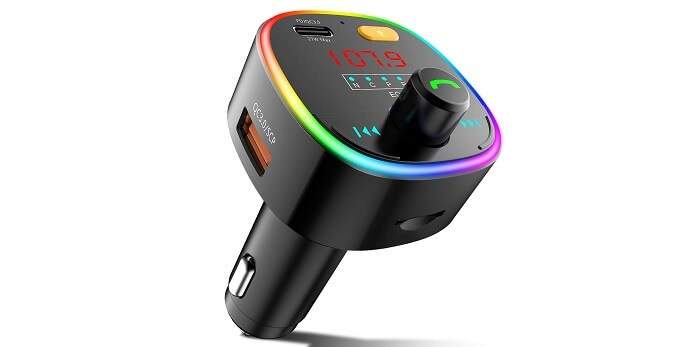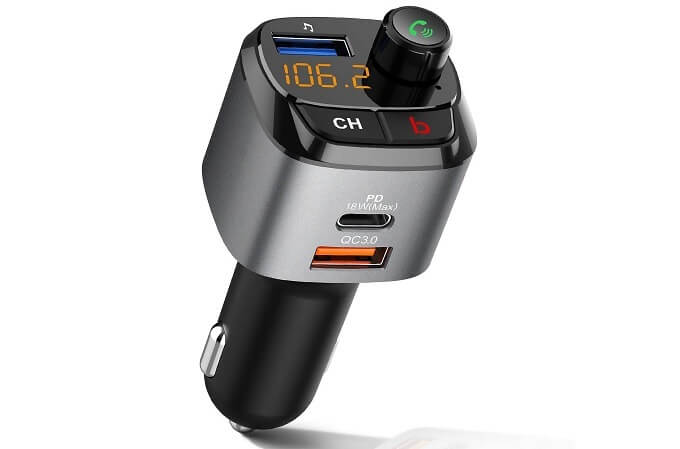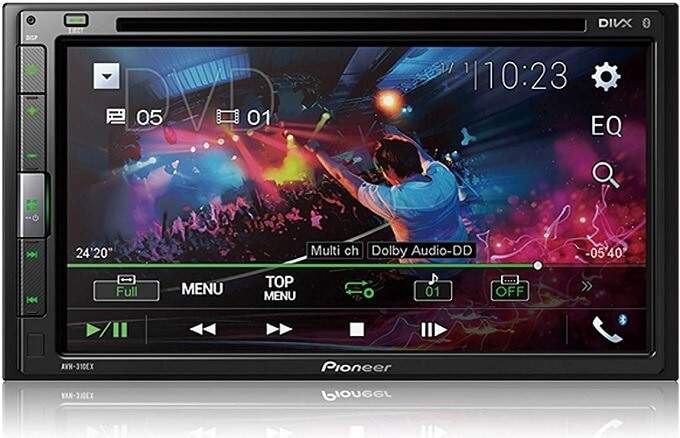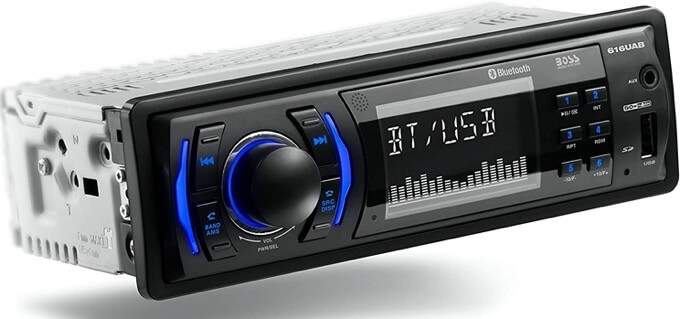The thing is, what can you do if your car doesn’t have Bluetooth for car audio? Even if it does, how do you even use it?
Don’t Forget About USB Cable Adapters
One of the reasons that people are turning to Bluetooth for car connections is the rapid death of the smartphone headphone jack. Your car or car radio probably has an auxiliary jack, but your new phone likely won’t. The good news is that you can get that functionality back by using a USB (or Lightning for iPhones) to 3.5mm jack converter.They usually aren’t that expensive either, but there is one important caveat. Some phones don’t have a DAC or digital to analogue converter built in for use with their USB port. So you’ll need to buy an adapter that has a DAC built in. These are pricier, so do some Googling to determine if your phone needs a DAC-enabled converter or not.This is by far the cheaper, more reliable solution compared to Bluetooth. Although, it is less elegant and comes with all the hassle of working with cables.
Recommended USB Adapters
If you’re an iPhone user, we recommend simply going for the Apple original adapter, which is guaranteed to work. The only real downside to this inexpensive dongle is that you can’t charge your phone while using it.If you have a phone like the Samsung Galaxy Note 10+, which lacks a DAC, then an adapter like the WKWZY adapter is a good choice. It has a built-in DAC and so doesn’t depend on the phone’s hardware to produce sound, which makes it a safe bet.
Bluetooth To Auxiliary Adapters
If your car doesn’t have Bluetooth, but has an auxiliary jack, you can still add Bluetooth functionality to it by using a Bluetooth headphone adapter. These devices are designed to let you turn any set of headphones into a Bluetooth-enabled pair, but they work just as well directly connected to your car instead.The only real downside is that they require a USB power source if you need them to keep going for longer than their batteries will last. On the plus side, when you get out of your car at the end of the trip, you can simply plug in your headphones and be on your way.
Recommended Bluetooth To Auxiliary Adapters
When looking for good Bluetooth receivers for your car that plug into the auxiliary audio jack, two products stood out thanks to their super user reviews.The first is the Mpow receiver. This has the latest Bluetooth 5.0 technology in it, which should mean that you’ll get very high quality streaming with no stutter. We also really like the inclusion of a small status screen, so you can quickly see what’s connected and how good the signal is. Mpow claims a 40-foot range. So unless you’re driving a tour bus, you’ll probably be OK.The next tantalizing option is the TaoTronics bluetooth receiver. This product lacks a screen, but has the ability to also act as a Bluetooth transmitter. This makes it pretty versatile outside of simply using it in your car.
Bluetooth FM Transmitters
If your radio doesn’t have an auxiliary jack, all is not lost. You can use an FM Bluetooth receiver to merge the old and new technology. Usually these gadgets will run from your 12V lighter socket. You’ll connect to the device using your smartphone the same way you’d connect to any Bluetooth device. Once that connection is working, simply tune your car radio to the FM frequency the device is broadcasting on. You may even be able to change the broadcast frequency.While these FM transmitters are pretty neat, you really should only use them as a last resort to get bluetooth for your car. The audio quality is at best as good as analogue radio. They are also prone to interference from radio stations and any other source of radio waves on the same frequency. This is the best solution if you want Bluetooth audio in a much older vehicle and don’t want to spend too much money. If you have any other options however, we’d suggest trying them first.
Recommended Bluetooth FM Transmitters
The first FM transmitter we really like the look of is this IMDEN unit. It slots right into your lighter socket and offers pass-through charging via quick-charge USB A port or a 18W USB-C Power Delivery port. Amazingly, it also offers hands-free calling! Using it is as simple as tuning your radio to an open frequency and then setting this gadget to the same one.Need a second choice? The Zeeporte offers essentially the same feature set, but has a different design and offers 27W of charge instead of 18. It’s somewhat of a coin flip between the two.
Buy a Bluetooth-Enabled Radio
Many modern cars have factory-fitted radios that are integrated into a non-removable facade. In older cars however, it’s usually pretty easy to replace the entire radio head unit. If you’re lucky enough to have such a car and don’t mind spending a little money for a new radio, then getting Bluetooth audio is actually fairly painless.Even entry level car radios have Bluetooth as a feature now and once installed it’ll be like bringing your old junker into the 21st century. Well, at least when it comes to listening to music and podcasts.
Recommended Bluetooth-enabled Radios
If you do want to go the whole hog and replace the entire radio in your car, there are plenty of choices, but the most popular choice seems to be this BOSS Audio Systems 616UAB Multimedia Car Stereo. It’s a single DIN unit that should fit most cars and comes in at a tiny price as well. This modern budget head unit won’t play CDs or cassettes, but you’re pretty much covered on the digital front.If you’re a little more flush with cash, then this Pioneer FH-X730BS Double-Din has the Bluetooth you desire, plus every other bell and whistle you could imagine. Between these two options you’re sure to find something suitable.
Connecting To a Modern Car’s Bluetooth
If you’ve got one of those newfangled cars with Bluetooth built in, how do you actually connect to it? The good news is that, if you’ve ever used any Bluetooth device, the process is essentially identical:
Refer to your car’s manual on how to enable Bluetooth pairing mode and follow the instructions.Open your phone’s Bluetooth settings and look for your car’s name in the list of available Bluetooth devices. Tap it to start pairing.Your car’s infotainment display will most likely show a passcode. When prompted on the phone, enter that code.The car and phone should now be paired.You may have to choose whether calls, media or both are handled by the car’s system.
That’s really all there is to it. Some cars have special phone compatibilities, such as Apple Carplay, but in general it’s no different from any other Bluetooth connection.
